Several people are surprised to learn that so many cat breeds that look so unique have such distinct personalities! They are even more stunned when they hear that some of these breeds can cost a few thousand dollars (or more). The most expensive cat breeds in the world may set you back a good chunk of change, but the cats will offer you endless love, a one-of-a-kind personality, and stunning looks!
Why Are Some Cat Breeds More Expensive Than Others?
Just like dog breeds, purebred cats from reputable, registered breeders are more expensive than domestic shorthairs and longhairs. That's because cat breeders selectively breed cats to create kittens with the most desired traits of that breed, removing felines with diseases from the breeding pool. Breeders spend time raising the kittens and taking the parents to cat shows.
Never buy an allegedly purebred cat from a backyard breeder! These cats have no pedigree or papers. The so-called breeders are also not as careful with the breeding pool, meaning the kittens may be inbred or carry genetic diseases. Don't be fooled by the lower prices. You're better off adopting a kitten or cat at a shelter. Rare cats can also cost a pretty penny, such as the Arabian Mau.
Most Expensive Cat Breeds
These are eight of the most expensive cats breeds in the world. Other pricey pets include the Peterbald, Russian Blue, American Curl, British Shorthair, American Shorthair, and Siberian.
Maine Coon: $1,500-4,000
You'll often hear people claim that their large, long-haired cat is a Maine Coon or a Siberian Forest Cat (or at least half Maine Coon, they heard). While it's fun to speculate about a cat's ancestry, the reality is that Maine Coons are very expensive, purebred cat that comes from regulated breeding. What makes the Maine Coon desirable is its hefty size. It's one of the largest and longest domestic cat breeds in the world!
A Maine Coon named Stewie was actually deemed the longest cat in the entire world at almost 50 inches when stretched out! But Maine Coons aren't only big and fluffy. They also have very beautiful physical traits like their long, tufted ears and strong, lion-like facial structure. This is a cat breed that loves to hang out and play with you. They are all-around gentle cats with very sweet temperaments, making them great for any family.

Ragdoll: $1,200-$5,000
Like the Maine Coon, the Ragdoll is a big, fluffy cat. But instead of looking regal and wise, the Ragdoll has a doe-eyed face and a glamorous coat. Most Ragdoll cats are white with seal point coloring and striking blue eyes. Besides its beautiful appearance, the Ragdoll is known for its trusting, easygoing demeanor. They are very sweet and social cats that love nothing more than lounging nearby you on their back, exposing their fluffy belly.
Persian: $1,500-5,500
The Persian has one of the most luxurious coats in the entire cat fancy. You can recognize them by their wide-eyed expression and flat nose. The Persian is a quiet, calm cat that's known for being low-key and easygoing. This is a cat that loves to cuddle on the couch. Their hefty coat and snubbed muzzles make them pretty lazy, and they will need to be encouraged to exercise and play. The Persian also needs more brushing than most breeds.
Sphynx: $2,000-10,000
The Sphynx might be missing fur, but it makes up for it with wrinkles and personality. This cat is playful, mischievous, intelligent, and loyal. Don't ever expect to go to the bathroom without your Sphynx trying to sit on your shoulder. While unique, the hairless look does come with some extra responsibility. This cat needs more cleaning and skincare than most cats so they don't get acne.
Scottish Fold: $1,500-2,000
With its folded ears, wide owl-like eyes, and round face, the Scottish Fold has become very popular over the past few years. It's friendly and affectionate, but mild-tempered and easygoing. The folded ears, which are actually a genetic deformity, are the reason this cat is more expensive than other breeds. Around 20 days after birth, the Scottish Fold's ears will start to fold, but only if they possess the gene responsible for the fold.
Bengal: $1,500-$10,000
The Bengal is one of the mixed breed cats that has Asian Leopard Cat in its blood. They are often bright orange with leopard-like spots. Their eyes are a vivid green. While their looks are exotic, Bengals are usually the size of a regular domestic cat. Bengal cats are available in multiple generations, noted by the "F scale." This ranks how far removed the cat is from its Asian Leopard ancestry.
F1 Bengals have one parent that is an Asian Leopard Cat (closest relative), while F5 Bengals are four generations away from an Asian Leopard Cat (farthest relative). Most breeders have F5 Bengals available (and sometimes F4), which are considered fully domesticated cats. They are usually $1,500 to $3,000. F1, F2, and F3 Bengals are usually $5,000 to $10,000 since they are essentially part wild cat.
An F1 Bengal is 50% domestic cat, 50% Asian Leopard Cat. They only eat raw meat and usually won't bother using a litterbox. They are also prohibited in many cities and states since they are considered exotic pets. It's tough to find these more expensive and wild Bengals. You're better off getting an F5 Bengal, which still has the hyper and playful personality of a wild cat but a more domestic attitude.
Savannah: $20,000-50,000
This is another half-domestic, half-wild hybrid cat. The Savannah is half Serval and looks almost exactly like one. It has a pale sandy coat with leopard-like spots and stripes. Its wild face features big ears, and they have white spots on their back and very long legs. The Savannah is actually the tallest cat breed on average. It prefers a raw meat diet and usually won't listen to the rules, including where they go to the bathroom.

Ashera: $25,000-$125,000
The Lifestyle Pets company created this brand new cat and deemed it as the world's most expensive cat. It's a hybrid of the African Serval and the Asian Leopard mixed with the domestic housecat. It's super rare — only 100 have been sold since 2006 (most for six figures). Unsurprisingly, this rare hybrid cat resembles a wild cat in appearance with spots, stripes, and personality. While full of energy, this cat is sociable with all members of the family (even children).
What is the Most Expensive Cat Ever Sold?
There's a story floating around online about a Bengal being sold for $41,000. That was back in 1998. But since then, much more expensive cats have been sold that cost more than most cars. This includes the Savannah and the Ashera. The Ashera has a very controversial history. The Lifestyle Pets company sold hundreds of these hybrid cats for $125,000.
Chris Shirk, a Savannah breeder in Pennsylvania, grew suspicious of the breed, which looked a lot like his F1 Savannahs. A DNA test of three Ashera kittens that were confiscated at an airport in 2008 confirmed that they were F1 Savannahs bred by Shirk. He had no clue that his kittens would be resold as Asheras. As soon as the news came out, the owner of Lifestyle Pets seemed to disappear.
Do Expensive Cats Require Extra Maintenance?
Paying more money for a cat doesn't inherently mean it will require more care than a domestic shorthair. But many expensive cat breeds do happen to need more care. It's best to keep all purebred cats (and mixed) inside at all times.
- Persians: You should brush these cats often, or else they will get a lot of knots and tangles. That's because they have multiple coats that are all dense and textured. You also need to check their eyes for dirt buildup and make sure they can breathe properly due to their snubbed nose.
- Sphynx: The opposite of the Persian, these cats need extra maintenance because they have no fur. Their skin can get oily and dirty because of their lack of fur. This is one cat that should get routine baths. You will also need to slather them with sunblock when it gets hot out so they don't get a sunburn.
- Bengals and Savannahs: These cats need more attention and exercise than regular house cats because of their wild heritage. Your home might be in trouble if these hybrids don't get enough toys and stimulation. Provide them with a cat wheel so they can race away their excess energy. You can also build an outdoor catio for them to explore safely.
If you plan to buy F1, F2, or F3 Bengals, they will also need a special diet. This usually consists of raw meat. Their meals can definitely be more expensive than basic cat foods.

CBD Can Help!
If you need help exercising or stimulating your cat, you can always spritz some CBD catnip spray on their favorite toys and hangout spots. This will encourage them to play with these objects and also provide them will them with a good dose of mental stimulation! Plus, you can have a blast watching your cat go wild on catnip.
CBD is a non-intoxicating (won't get your cat "high") compound that comes from hemp. It can help your cat relax in any setting, making it particularly useful for cats with phobias or skittish tendencies. You can use some CBD calming chews to coax your cat into the bath or soothe them before a visitor comes to the house. If you want more info on how CBD can benefit your feline friend, stay tuned to our blog!
Final Thoughts
People purchase specific (and sometimes expensive) cat breeds for their personality and appearance. Some people love the Persian's luxurious coat and snubbed nose. Others desire Ragdolls for their snuggly behavior, while some buy Bengals because of their wild-cat looks and energy. Remember to always adopt purebred cats from reputable breeders.
Make sure that they can provide papers and health guarantees. If they can't promise the kitten's health, don't adopt. If you don't have a thousand or more to shell out for a purebred cat, you can also adopt a cat from a shelter! There are many kittens and seniors that need homes. But whatever you do, don't adopt from a backyard breeder.
If the breeder can't provide papers and they are not registered with any associations, then they might not follow safe breeding practices. Either way, a purebred cat without papers isn't worth the price tag. While you might want a loud Siamese or a fluffy Siberian, always remember that each cat is an individual. All cats have their own personality, likes, interests, and feelings.



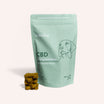


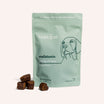
![Probiotics For Dogs [Soft Chews] - HolistaPet](http://www.holistapet.com/cdn/shop/files/Probiotic-Infographic-1_472d7a29-e30c-435a-9638-1365d8c3a9f9.jpg?v=1725384841&width=104)
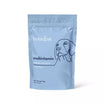
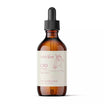



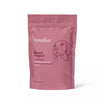


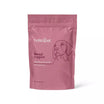
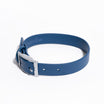
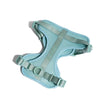
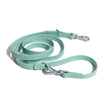
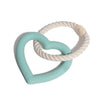
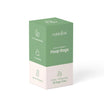
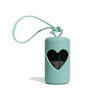



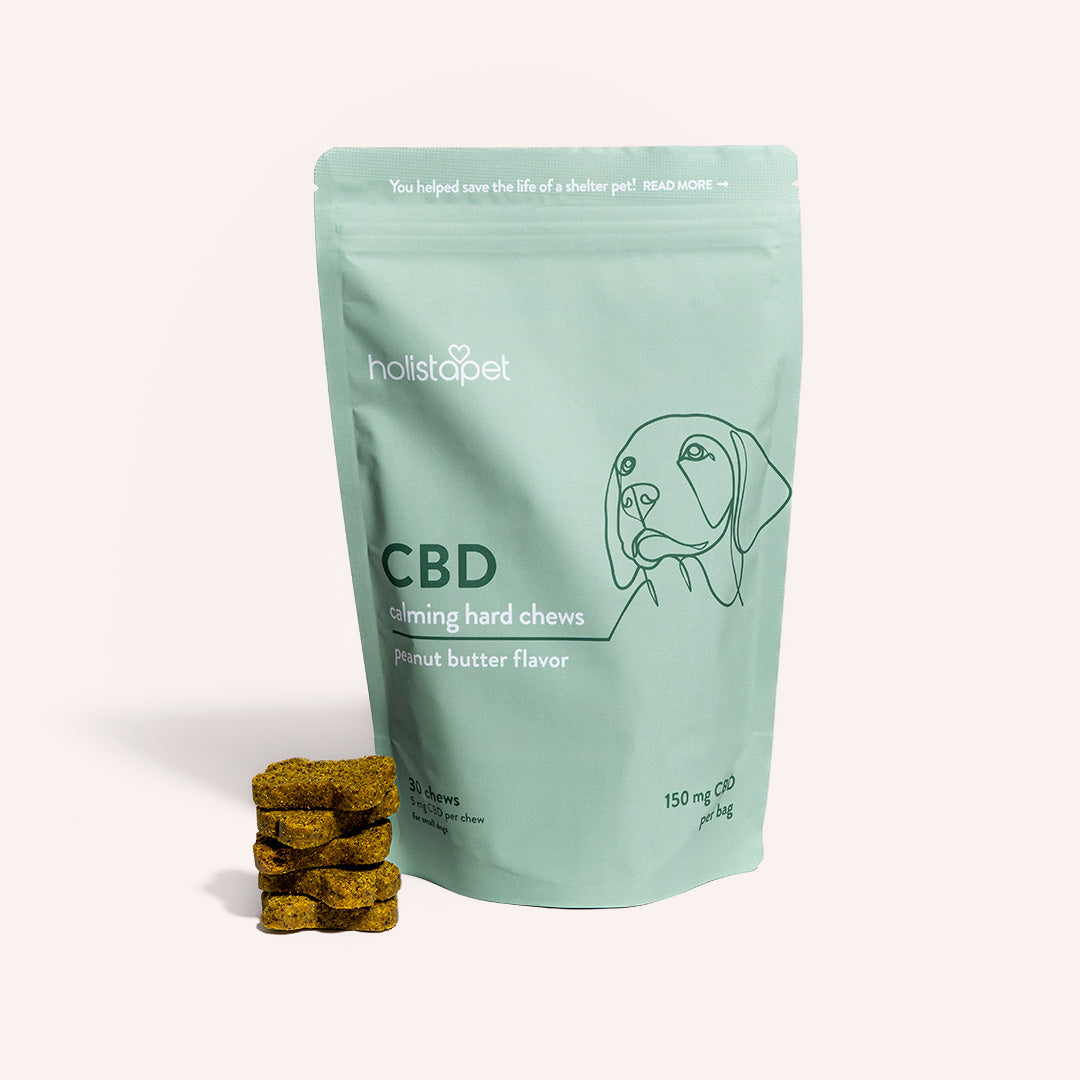
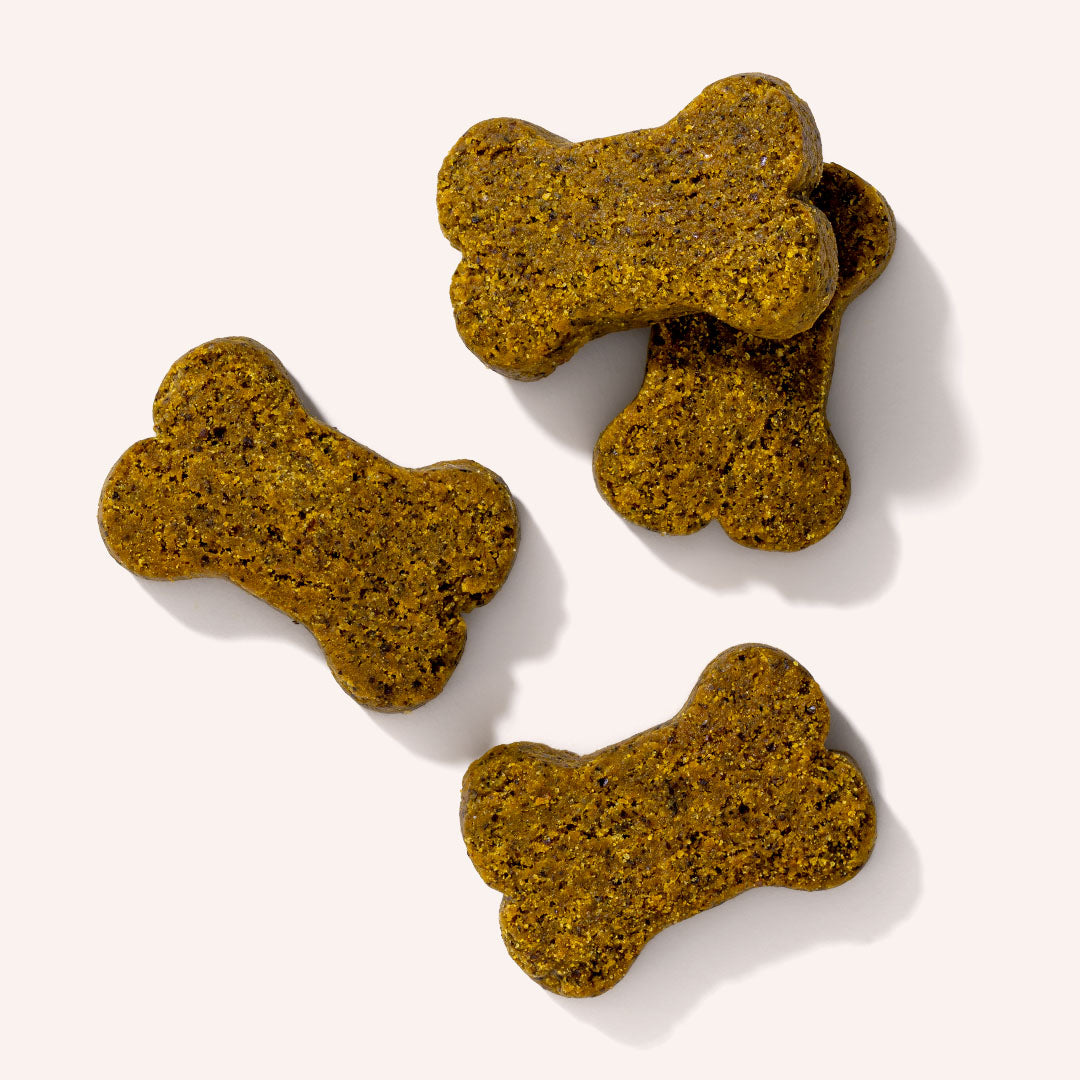
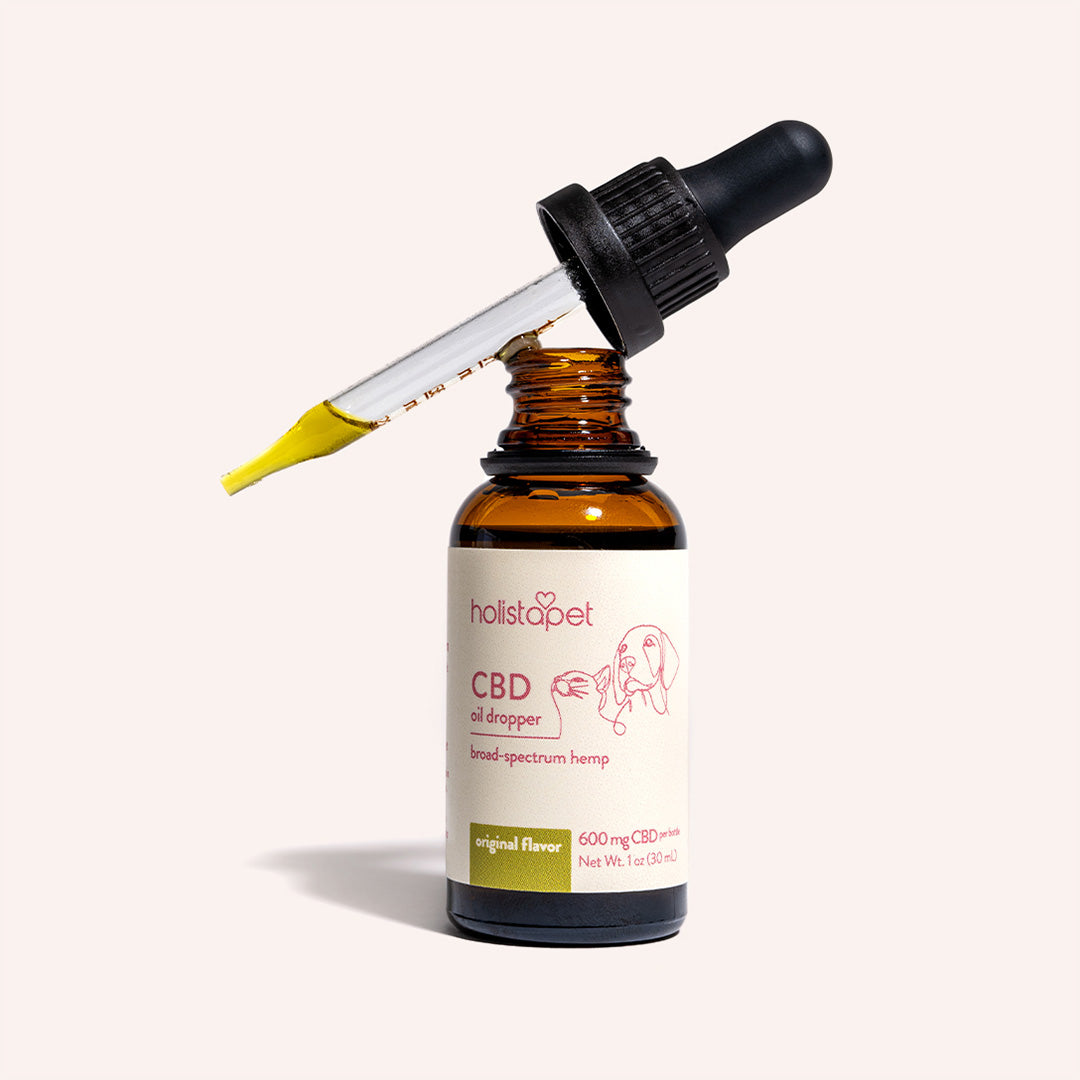
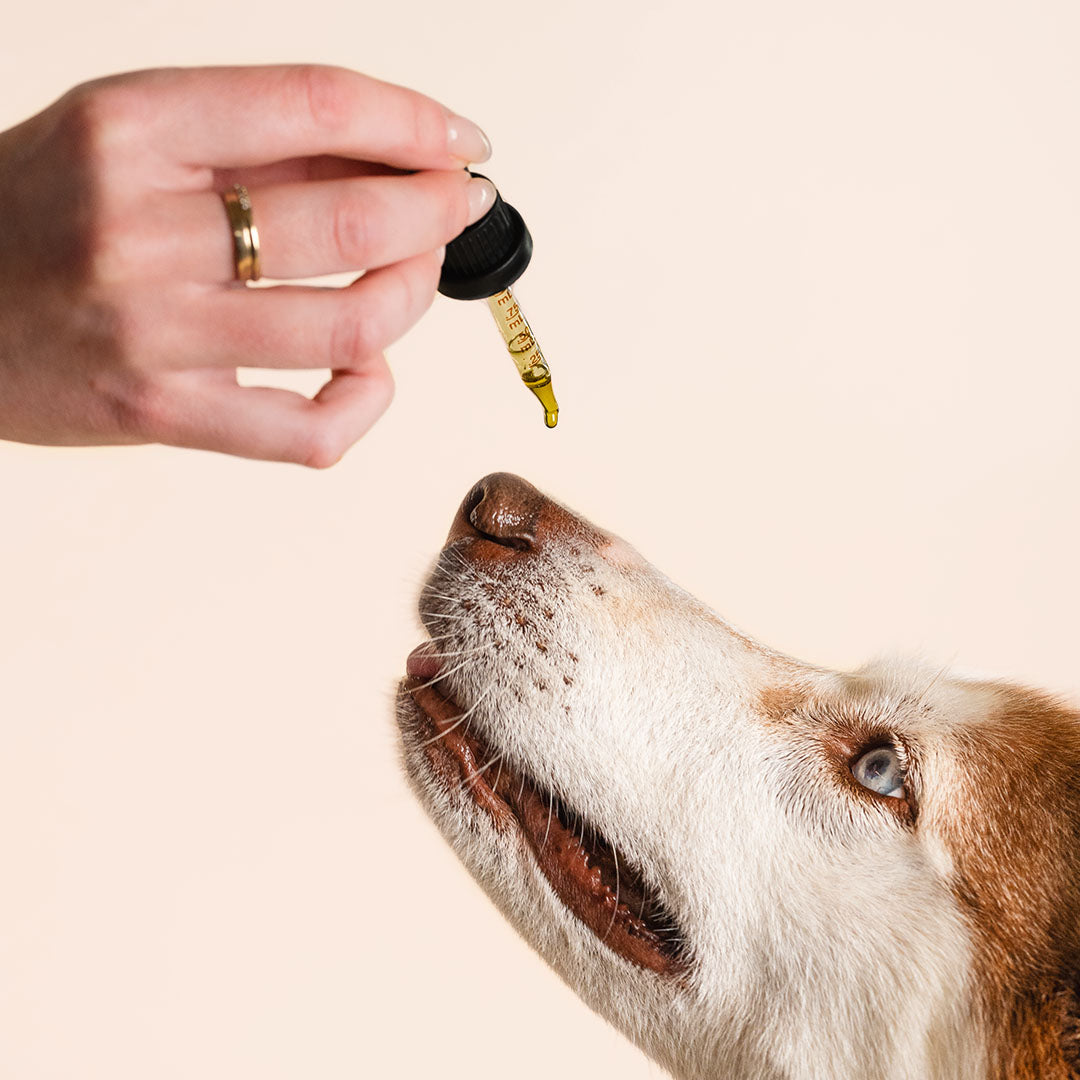
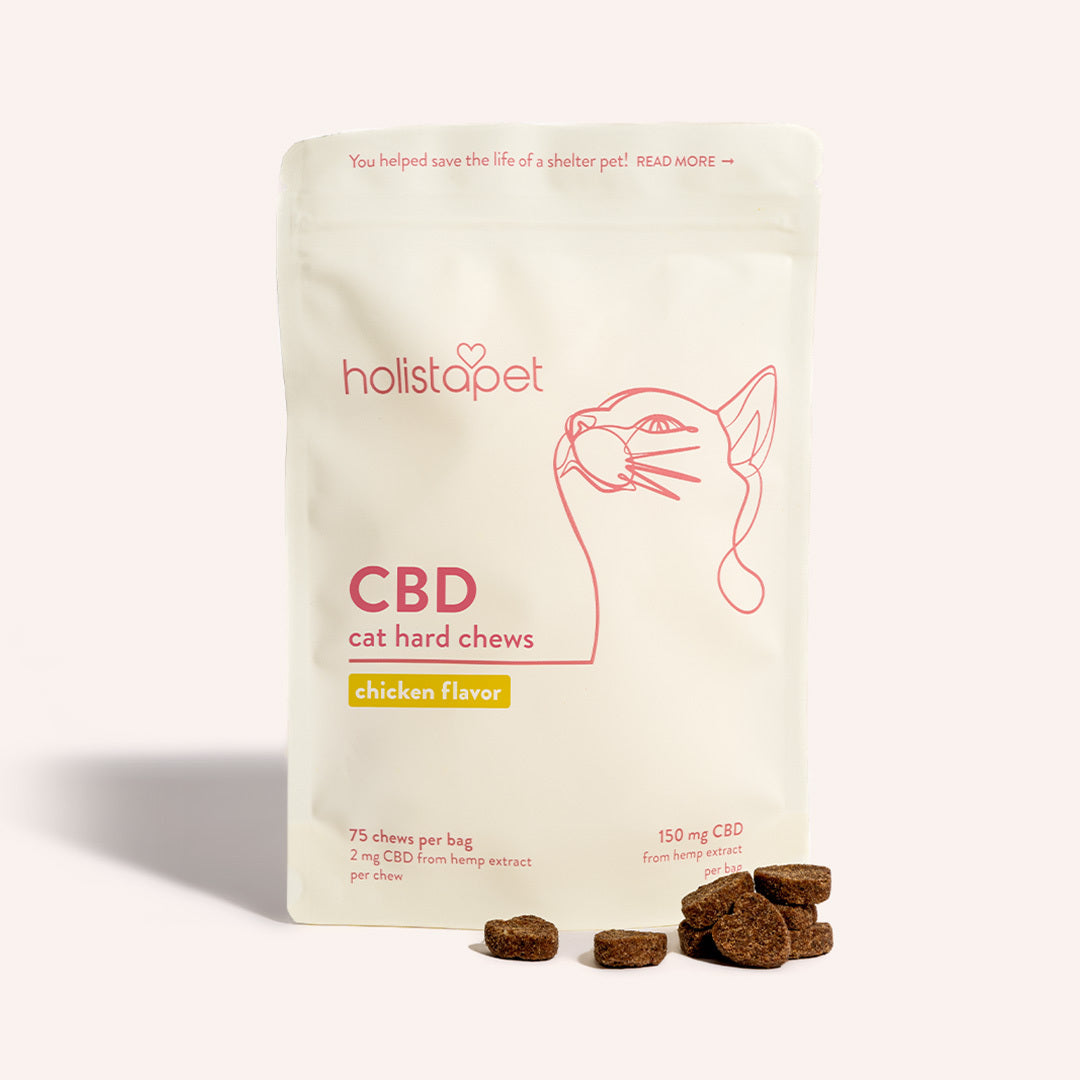
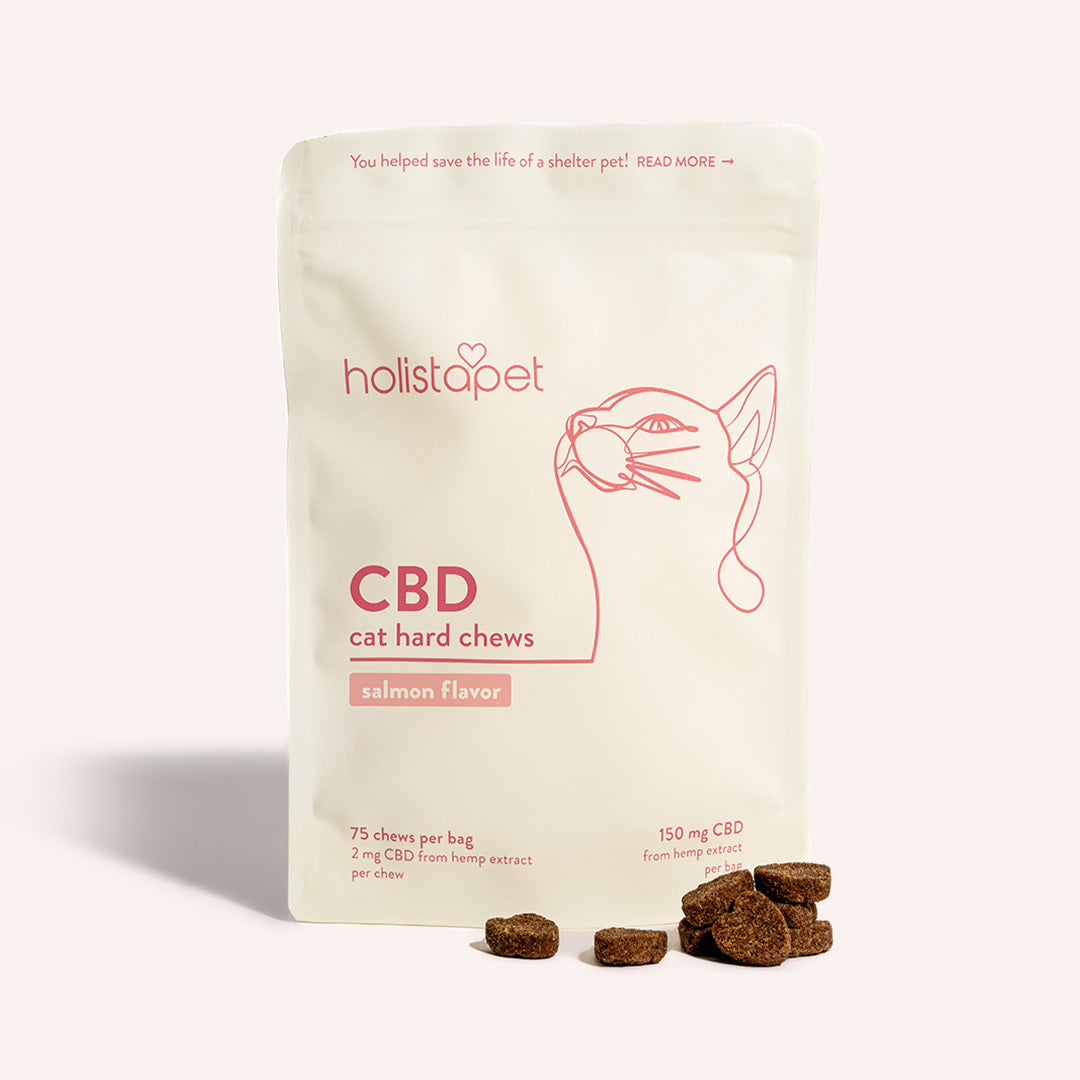
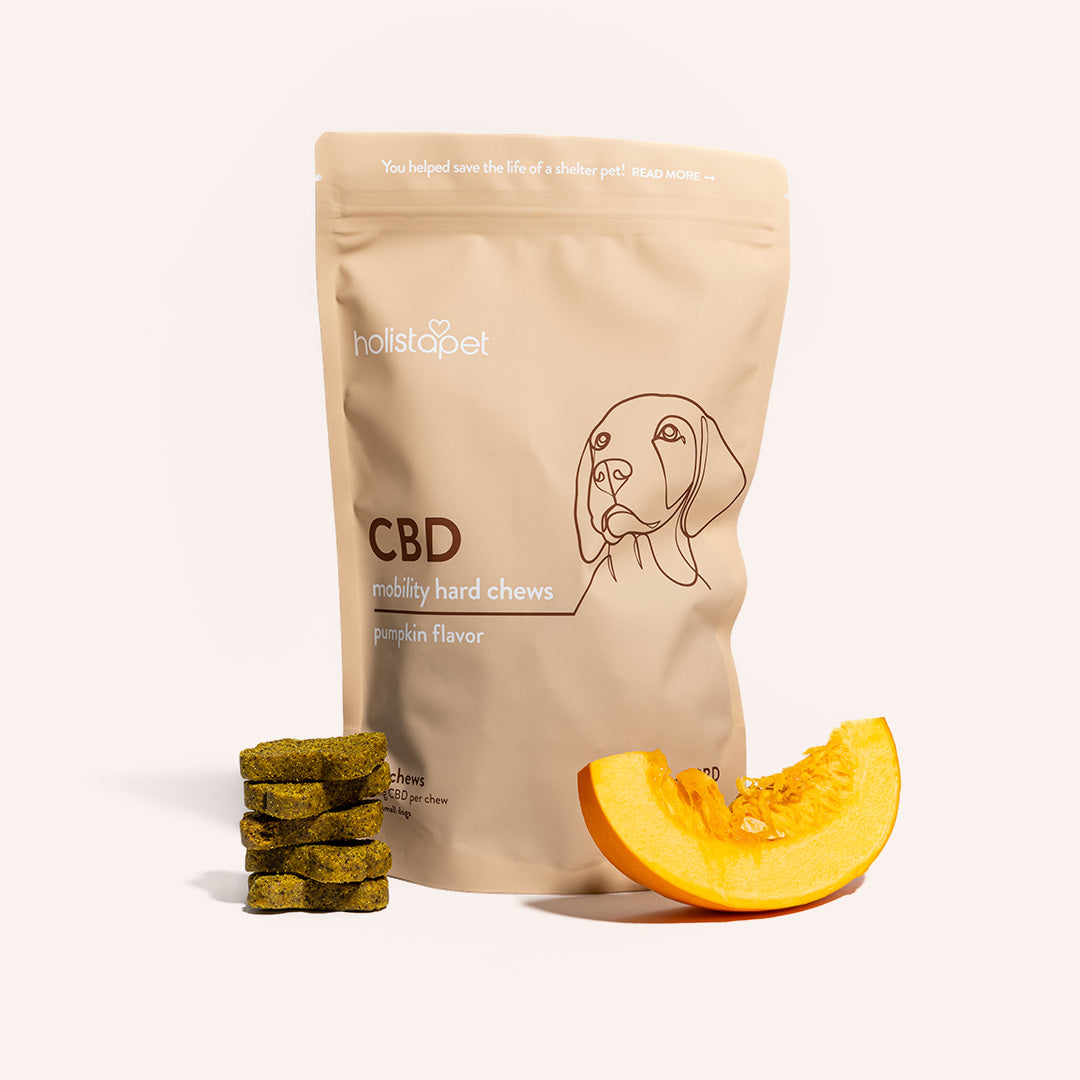
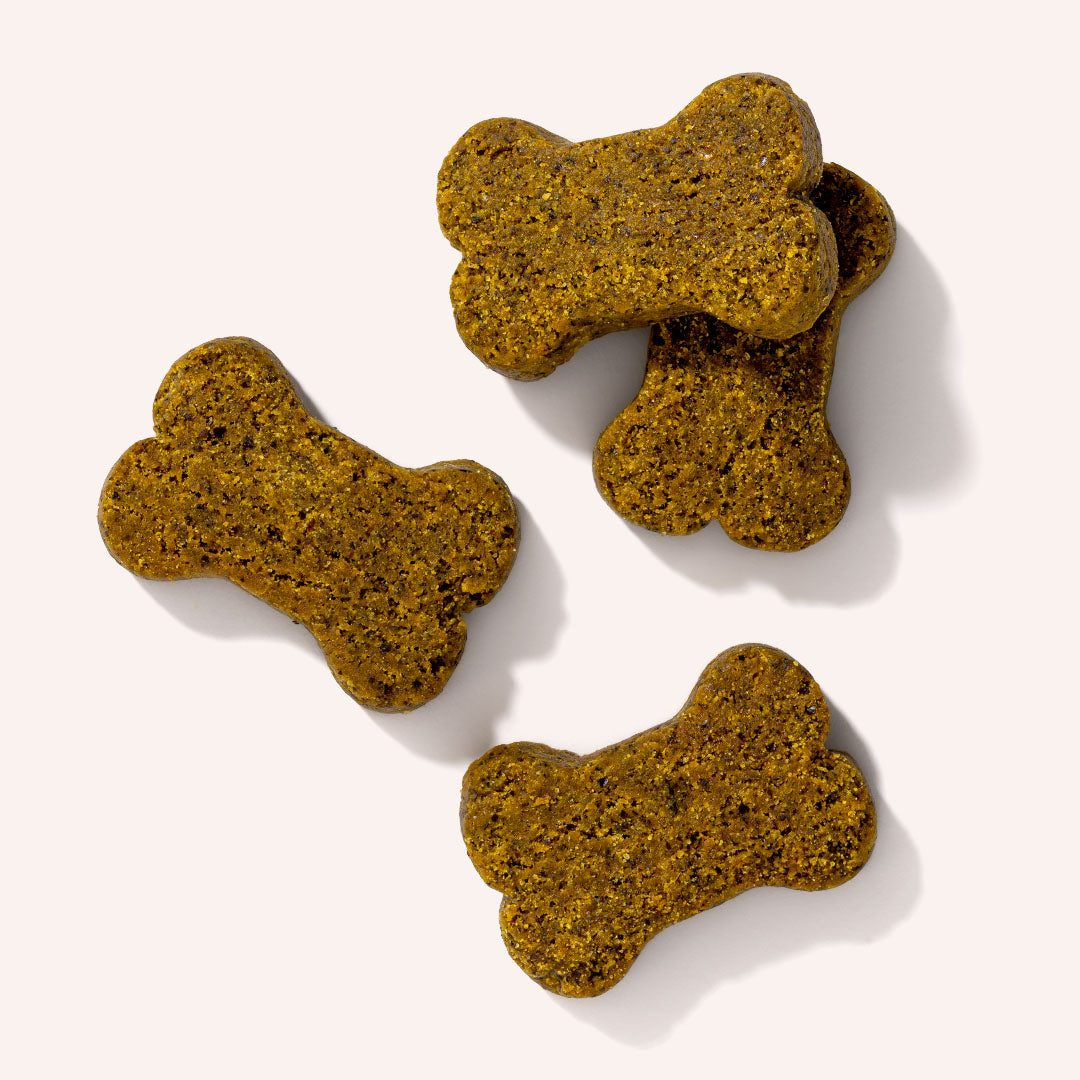

Leave a comment
All comments are moderated before being published.
This site is protected by hCaptcha and the hCaptcha Privacy Policy and Terms of Service apply.